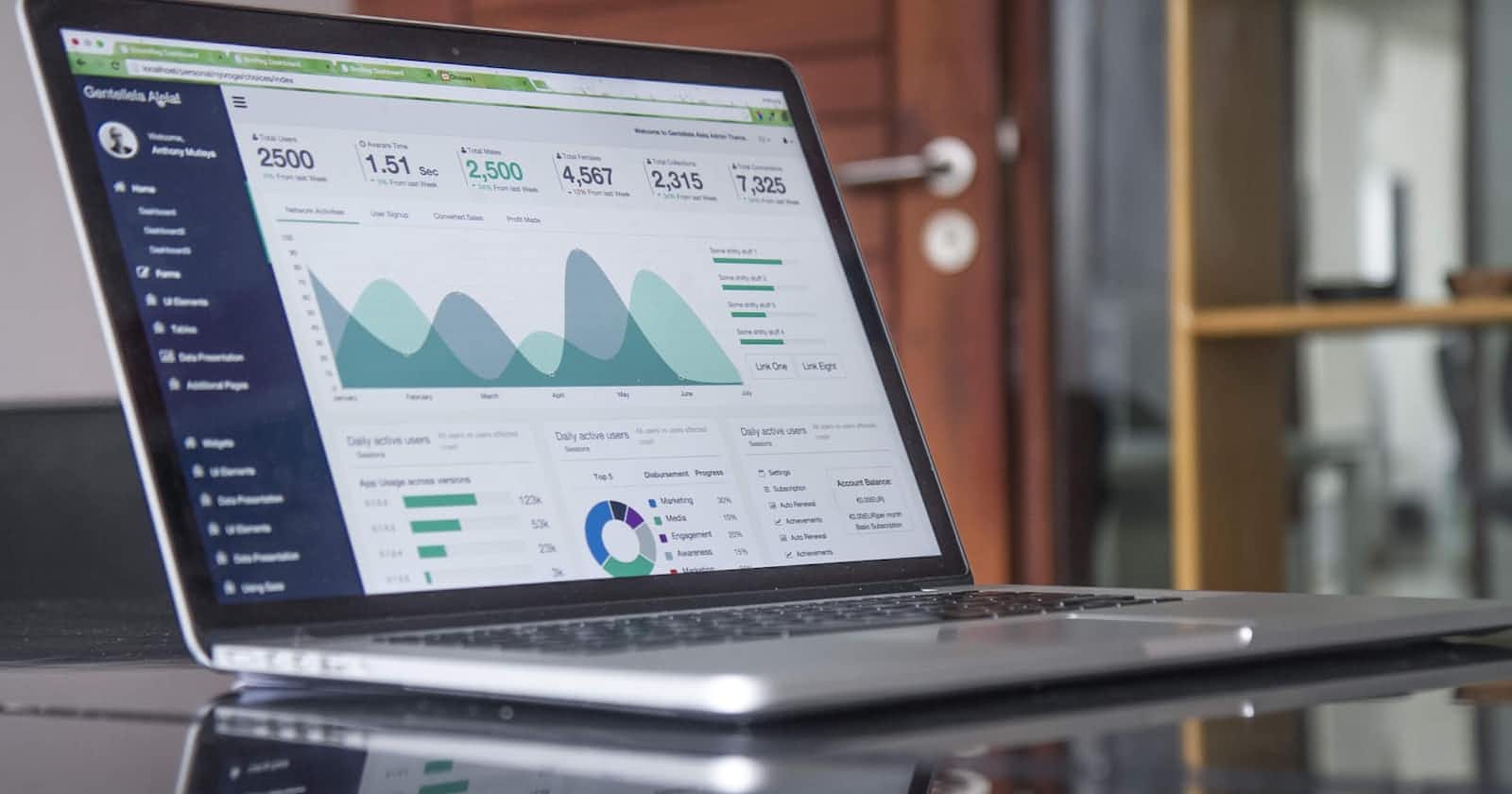As a data analyst, one of the most important skills you can have is the ability to manipulate data. This means being able to take raw data and turn it into something meaningful and useful. But where do you start? The following tips will help you get started with data manipulation:
- Understand your data
The first step in data manipulation is to understand your data. What kind of data do you have? What do the different columns and rows represent? What is the format of the data? Once you have a good understanding of your data, you'll be able to start manipulating it.
- Get familiar with your tools
There are many tools that you can use to manipulate data, including Excel, R, and Python. Each tool has its strengths and weaknesses, so it's important to get familiar with the tool you'll be using. This means learning how to navigate the interface, how to import data, and how to perform basic operations.
- Clean your data
Data is rarely perfect, and before you can start manipulating it, you'll need to clean it. This means removing any errors, inconsistencies, or outliers. It also means checking for missing data and filling in any gaps. Cleaning your data will make it much easier to work with, and will ensure that your results are accurate.
- Explore your data
Once your data is clean, it's time to start exploring it. This means looking at different aspects of the data, such as the distribution of values, the relationship between different variables, and any patterns or trends that emerge. Exploring your data will give you a better understanding of what it contains and what insights it can provide.
- Transform your data
After you've explored your data, it's time to start transforming it. This means changing the format of the data, aggregating it, or creating new variables. For example, you might need to create a new column that represents the average value of a certain variable, or you might need to convert a date field into a different format. Transforming your data will make it more useful for your analysis.
- Visualize your data
Finally, once you've transformed your data, it's time to start visualizing it. This means creating charts, graphs, and other visual representations of your data. Visualizing your data will make it much easier to understand, and will help you communicate your findings to others.
Data manipulation can seem daunting at first, but by following these simple steps, you'll be able to take raw data and turn it into something meaningful and useful. With practice, you'll be able to manipulate data like a pro!


